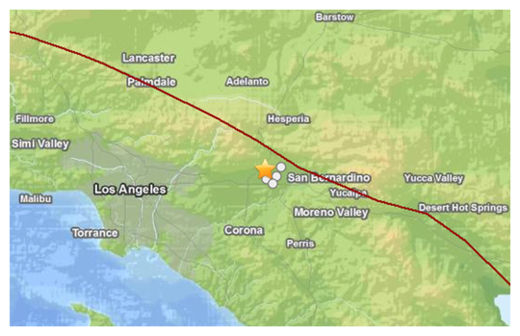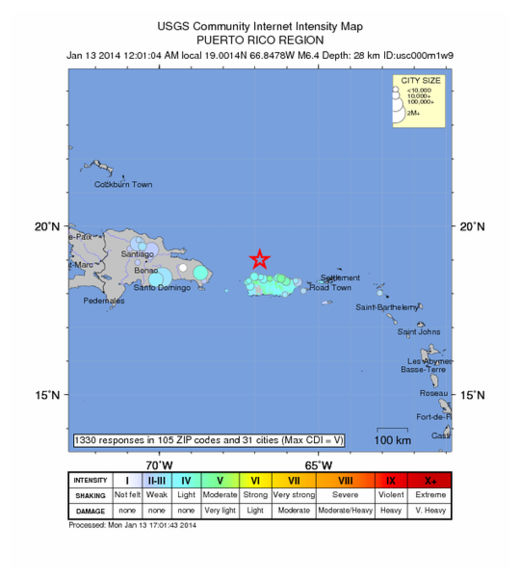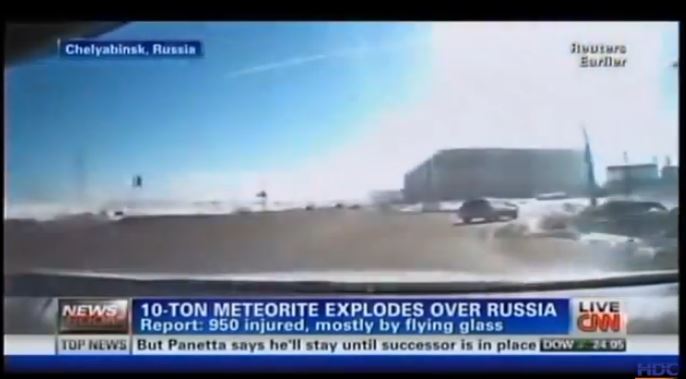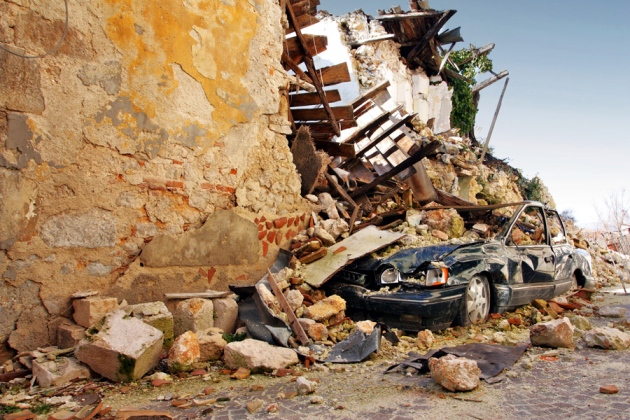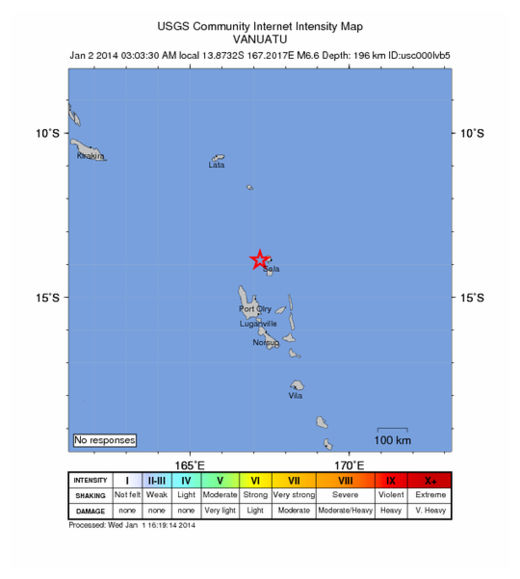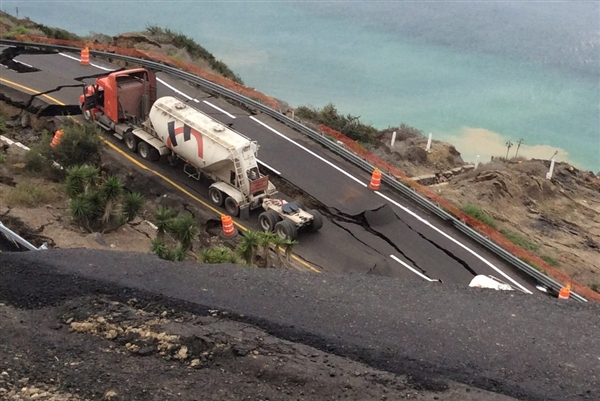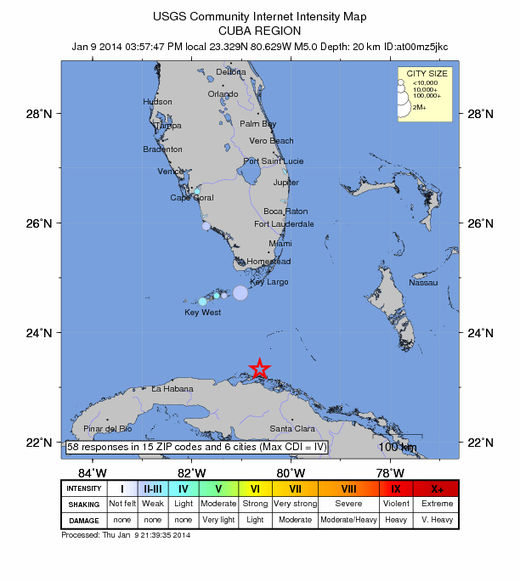
© Courtesy USGS.
A 5.1-magnitude earthquake struck in the Straits of Florida off Cuba on Thursday, startling office workers in medium-rise buildings set swaying in Havana. There was no word of any damage or injuries.
The temblor occurred just before 4 p.m. about 106 miles (172 kilometers) east of Havana, according to the U.S. Geological Survey. The closest city to the epicenter was Corralillo, 17 miles (28 kilometers) to the southwest.
In Old Havana, the quake was felt clearly by workers in two 6-floor buildings that were temporarily evacuated. It appeared to last around 30 seconds.
Sandor Polo, a 31-year-old waiter, said he was delivering food to a third-floor office when boxes suddenly began to move and workers started yelling.
"I got dizzy," Polo said, adding that he's never felt anything like it in his life.
"Everything was moving," said Nuria Oquendo, a 44-year-old office assistant who was on the sixth floor of a neighboring building when it began to move back and forth. "You could really feel it, very clear, very defined."
Like Polo, she had never been in an earthquake before. She called the experience unsettling, but said she wasn't scared.
"Not frightened, but a sensation that something strange is going on," Oquendo said.
The USGS initially reported a magnitude of 5.0, and later upgraded it to 5.1. The quake struck at a depth of six miles (10 kilometers).
The U.S. National Weather Service said there was no tsunami danger.
Locally, the NWS reported that the quake had been felt in the Davis Islands area. Others reported feeling it in the Carillon area.
Cuba is not as known for seismic activity as other parts of Latin America, especially countries along the Pacific Rim of Fire.
But a number of significant quakes have hit the island over the years, including one in 1932 that killed eight people and damaged 80 percent of the buildings in the eastern city of Santiago, according to U.S. National Geophysical Data Center records.
Source: AP

